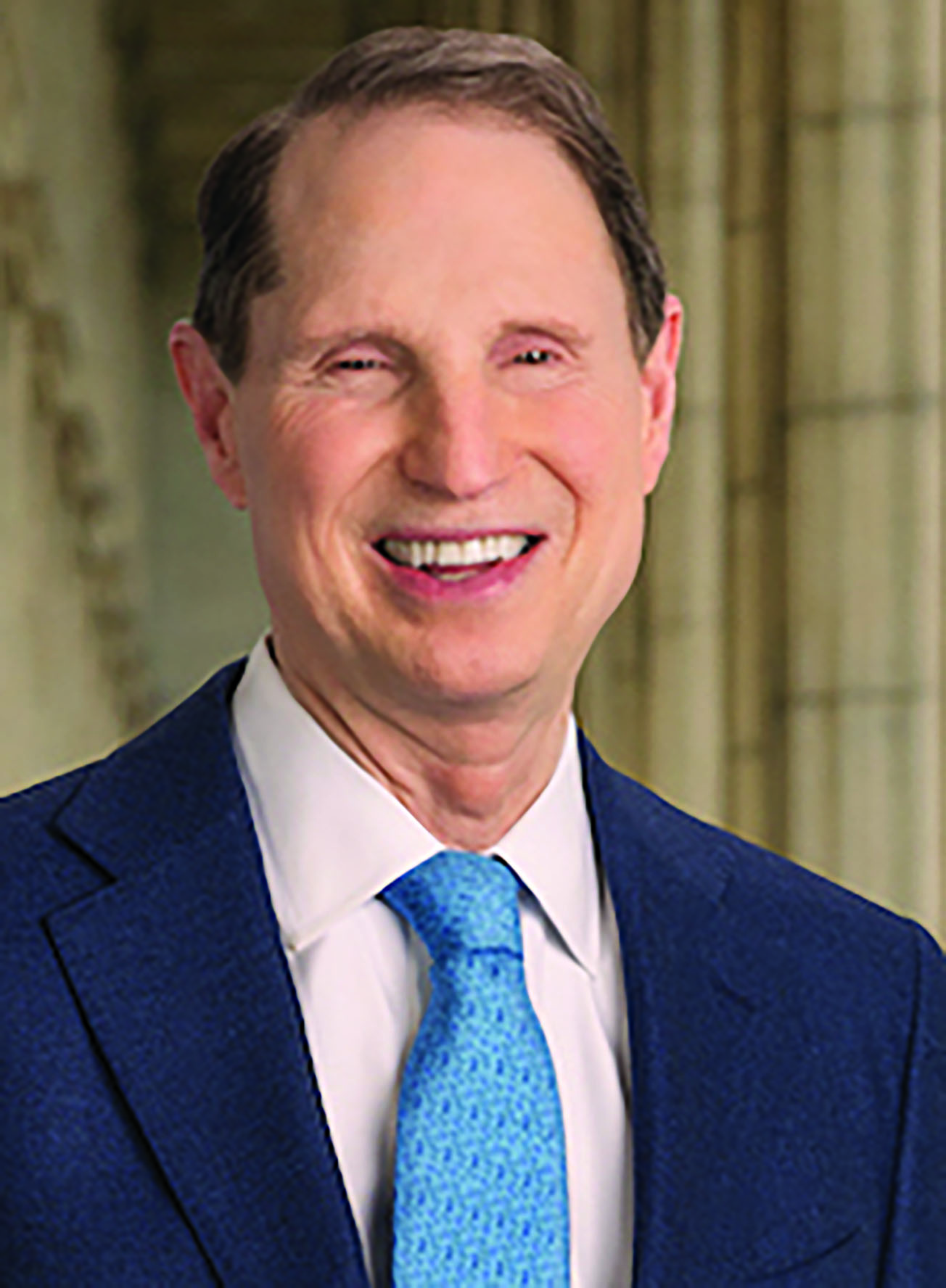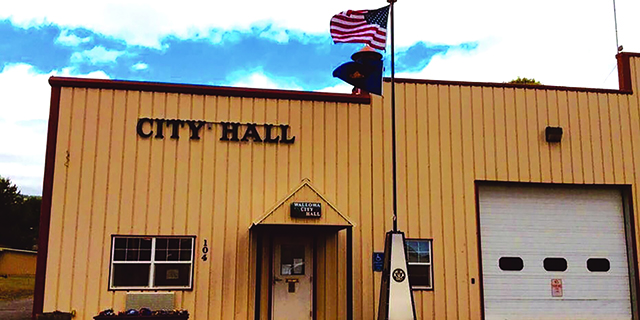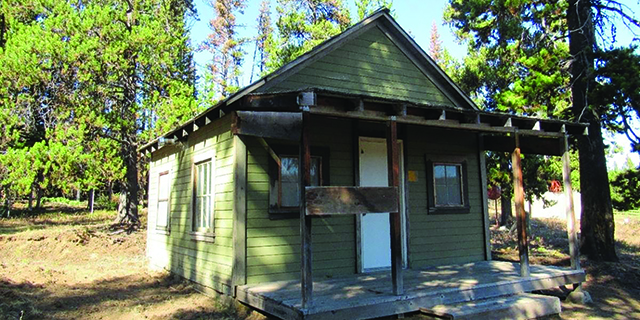No headline.
Published 4:55 am Wednesday, June 21, 2017

- No headline.
Several years ago, Stephanie Koontz, history professor at Evergreen State University, was at Fishtrap with her then-new book, “The Way We Never Were: American Families and the Nostalgia Trap.” It describes a world we thought we had –– but one that never really existed.
At the time, the idea of the “nuclear family” was the rage; Koontz argued that the notion was a mixture of altered memories of the Victorian Age and “Leave it to Beaver” television of the ‘50s, that the “extended” multigenerational family and not the “nuclear” family had been the traditional glue that held people together. Nuclear families in the ‘80s became lost in angst, guilt and faulty memories.
Trending
I’ve been thinking about that book and title a lot these days, trying to understand political angst and anger on both sides and an election that brought a political outsider like Donald Trump to office.
Most of the people I know who voted for Donald Trump are not struggling because of lost coal mines or Obama policies that promoted clean energy, not struggling to make ends meet, to put fine food on the table, or to put a boat, travel trailer or RV in the driveway. They’re living relatively comfortable lives.
It might be because they fear losing this comfortable life and remember the past with a nostalgia that highlights all the warm and fuzzies and forgets the troubles and traumas.
“Leave it to Beaver” was a TV show. Mom the homemaker and dad the breadwinner and two kids living on a nice suburban street was an ideal. On my ‘50s street, mom worked, and among my friends’ parents were alcoholics and single moms, one a woman widowed by Korea trying to hold things together without relatives or extended family living nearby.
My California high school had plenty of Hispanics and a few African-Americans and Samoans, because we were next to Camp Pendleton. But my street was all-white; not Marine Corps housing, which really was integrated because President Truman had recently integrated the formerly all-segregated military; or Posole Town, the unpaved streets on which most of the Mexican community lived.
Some of the Mexican families had been there longer than California statehood, long before my own German and Norwegian grandparents and great-grandparents made it to Ellis Island. It did not count for much in a ‘50s California that was largely in white hands.
Trending
A clue to the voter angst that helped bring on the current political drama came with a recent radio interview from Coeur d’Alene, where a woman said that she had moved there after retiring in California because things “felt like” California in the ‘70s.
I immediately thought about the Vietnam War that dominated young lives and politics in the ‘70s. What California street did she remember! And then I remembered my California streets of the ‘50s and Stephanie Koontz’s book.
There were some great things about California and the ‘50s: Be-bop, the Drifters, Penguins and “American Bandstand” on TV; high school sports and after-game dances –– the sports part was totally integrated; cool cars –– my own ’52 Ford not holding a candle to the ’55 and ’56 Chevies, which ruled the roads; and male teachers –– my first men in the classroom happened in high school, and they were all WW II vets who had gone to school on the G.I. Bill.
That bill was truly one of the great things about the ‘50s –– a stroke of legislation that gave millions doors to education and home ownership, a bill that many believe created the middle class in the country.
My guess is that WW II and the G.I. Bill are also what made white Americans comfortable with each other. The East Coast especially was made up of ethnic neighborhoods, and some parts of the country were predictably German or Scandinavian or Irish. The War put Italian-Americans next to German, Polish, Irish and Scottish Americans, and the G.I Bill put them in the same schools and suburbs.
White suburbs, builders and educators prospered in the ‘50s. And while ethnic divisions among European-Americans declined and white power broadened –– we were comfortable enough to elect German-American Ike Eisenhower President in 1952 –– inner cities declined.
The ‘60s and ‘70s brought Irish-American Catholic JFK to the White House, and Civil Rights acts, the Indian Freedom of Religion Act, environmental legislation, urban riots, Medicare, Medicaid, Vietnam, and Nixon. The ‘50s started looking comfortable.
And for many, another Irish-American President, Ronald Reagan –– reaching back to a TV and movie-screen past –– seemed to make things comfortable again.
But then it was Clinton and Bushes 1 and 2, the Internet, 9/11 and Afghanistan, Iraq, Syria and an African-American President.
And once again the ‘50s –– and making America Great Again –– sounds like comfort food.
Rich Wandschneider lives in Joseph and writes a monthly column for the Chieftain.









